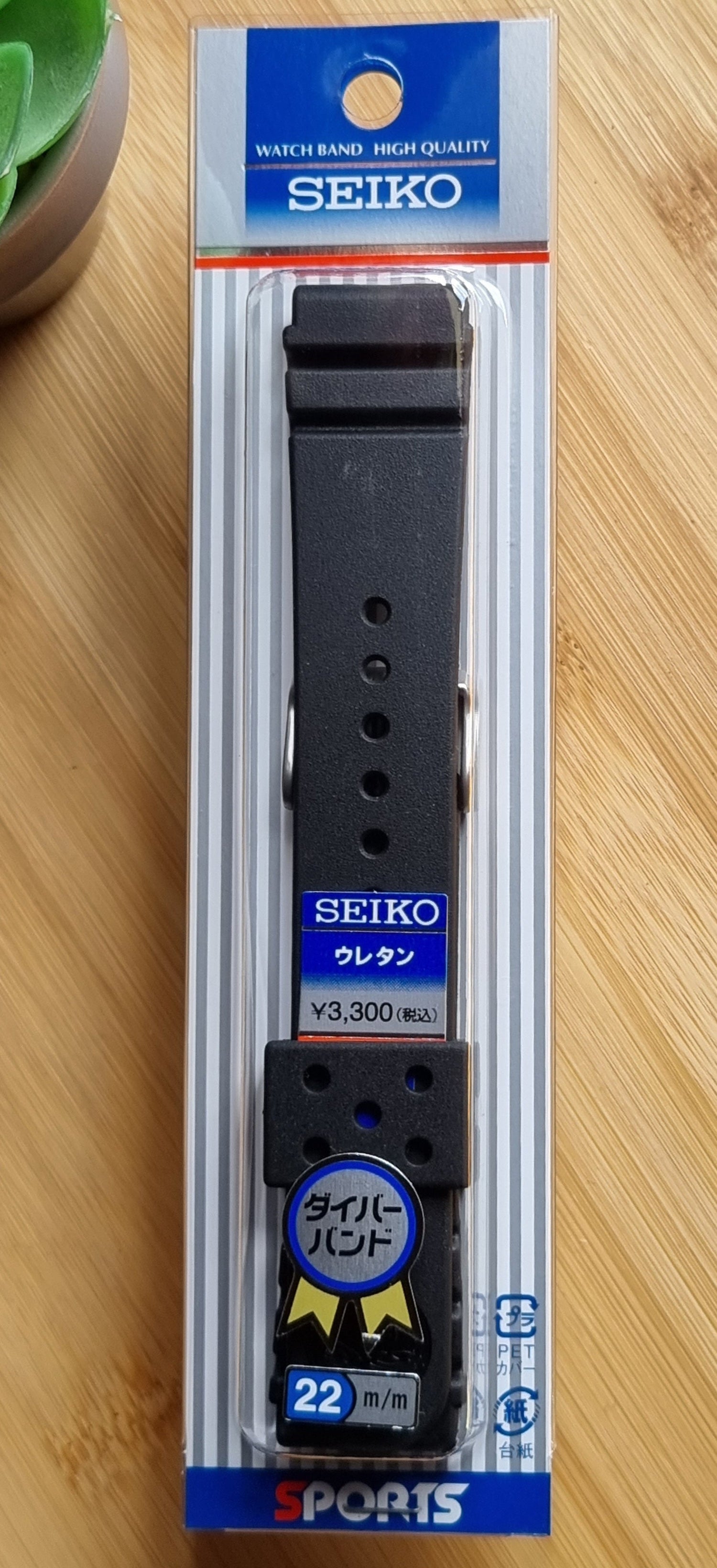Past2PresentWatches
Vintage Omega watch Constellation 157.0001 Chronometer 1972
Vintage Omega watch Constellation 157.0001 Chronometer 1972
Couldn't load pickup availability
SPECIFICATION
Reference : 157.0001
Movement : Omega, caliber 712
Age : Circa 1972
Case Size : 34mm
Case Thickness : 7mm
Lug to Lug : 40mm
Lugs : 19mm
Condition : used Omega watch
Box & Papers : No
Case Material : Stainless Steel
Warranty : 12-Months Warranty
POINTS TO MENTION
- In great used condition with light signs of wear from use
- Case and bezel have some light scratches and marks
- Vertically brushed dial has some freckling
- Fully serviced movement
- Signed Omega crown
- Paired with an unworn grey leather strap
THE WATCH
The 157.0001 has a round ultra-thin elegant stainless-steel case that houses a Omega cal. 712, The Calibre 712 was, and still is, the thinnest automatic chronometer movement ever made by Omega and is chronometer rated. It’s an automatic movement with 24 jewels and runs at 19.800BPH and had a power reserve of 42 hours Approx.
Contrary to some opinions, this movement was not based on the 18,000 bph calibre 700. It was designed from the bottom up. The 3mm thick automatic calibre 711-712 series base calibre was the 710 and the series went into production in 1964. The movements were initially manufactured at Omega’s Rayville factory and, later, production was transferred to the Marc Favre factory, acquired by Omega (SSIH) in 1955. The much-loved calibre 501 – 505 movements were also manufactured at the Favre factory, as were the earlier 470 series movements. The 710-712 family was the thinnest automatic series Omega ever produced. The 3mm thickness calibre was made possible by the re-design of the basic movement configuration, thinner plate and bridges, extremely precise production tolerances that permitted the spaces between wheels and other parts to be reduced, and the use of an indirect minute hand drive. Many parts were miniaturised, including the crown and ratchet wheels.
A BIT OF TRIVA
Omega first introduced the Constellation in 1952, at the time it was Omega's flagship timepiece, the first models had a Cal. 354 bumper movement in them. Later in 1955, Omega introduced the Automatic Cal. 50x, followed in 1959 by the Cal.55x (no date) and 56x (date) versions. Many of the Constellations came with pie-pan dials, diamond indexes, and fancy lug configurations, and all the gold Constellations of that time had the Observatory of Geneva's hand engraved on the back. The stainless steel and stainless steel/gold versions had a gold medallion on the back with the Observatory of Geneva, the eight stars above the Observatory stand for the many exploits of Omega in the world Chronometer competition, celebrating the fact that all Constellations are Chronometer Certified. In 1964, Omega introduced its first Constellation with the “C” case, due to the case resembling two mirrored Cs, the “C” case was a modern move away from the popular round Constellations of the 1950s.
OUR THOUGHTS
The Constellation ultra-thin 157.0001 is a beautiful, elegant, and timelessly designed dress watch, with a very different look and feel from any prior Constellation model. It's a watch that looks very modern despite being half a century old and has performance specifications that hold up very well even today.
SKU:OCC265WO2








Recomendation
-

Accesories
Take a look at our fantastic watch accessories that we have in store.









